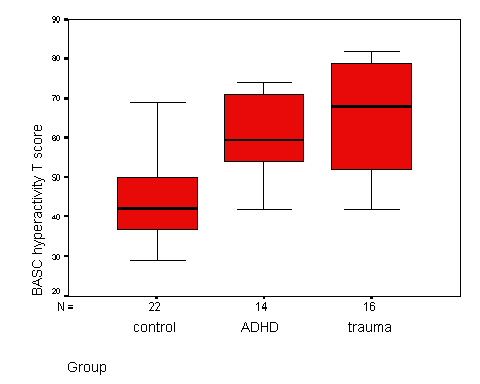The beauty of limits

If you closely examine a pattern that makes up the smaller dimensions of a crystal, it is possible to see that same pattern replicated in larger and larger segments of the structure. This observation is the basis of fractal theory. A part of the fractal is identical to the entire fractal itself, except smaller. I've seen this demonstrated by maps that show how the general outline of a coastline can be generated by replicating it in the arrangement of sand grains in a smaller segments of the shore. The processes of sand, sea, and wind might seem to produce random forms, but those forms can be replicated with fractals.
I'm not a math wizard, and I couldn't understand a concept like fractals without visual aids. Hence, the picture of a crystal. The fractal that makes up this crystal may be represented symbolically by a fairly simple formula, but that formula must run through an infinite number of iterations to reach the limits of the fractal. Many, many repetitions of a small sequence finally merges into a coherant, bounded form. If you were to look at the smallest iteration of the crystal's fractal, it would appear to be a random speck of matter. Yet this random speck can achieve magnificent complexity. The benefit of knowing about fractals is that they allow us to study very complex systems and seemingly random processes--like the universe.
Most of what I'm able to say about fractals I found at the website of Eric Green. He did his senior thesis at Wittenberg University on fractals. It's an easy-to-read paper on a complex topic. Green's thesis provides some nice animated figures of twig and tree fractals.

If you closely examine a pattern that makes up the smaller dimensions of a crystal, it is possible to see that same pattern replicated in larger and larger segments of the structure. This observation is the basis of fractal theory. A part of the fractal is identical to the entire fractal itself, except smaller. I've seen this demonstrated by maps that show how the general outline of a coastline can be generated by replicating it in the arrangement of sand grains in a smaller segments of the shore. The processes of sand, sea, and wind might seem to produce random forms, but those forms can be replicated with fractals.
I'm not a math wizard, and I couldn't understand a concept like fractals without visual aids. Hence, the picture of a crystal. The fractal that makes up this crystal may be represented symbolically by a fairly simple formula, but that formula must run through an infinite number of iterations to reach the limits of the fractal. Many, many repetitions of a small sequence finally merges into a coherant, bounded form. If you were to look at the smallest iteration of the crystal's fractal, it would appear to be a random speck of matter. Yet this random speck can achieve magnificent complexity. The benefit of knowing about fractals is that they allow us to study very complex systems and seemingly random processes--like the universe.
Most of what I'm able to say about fractals I found at the website of Eric Green. He did his senior thesis at Wittenberg University on fractals. It's an easy-to-read paper on a complex topic. Green's thesis provides some nice animated figures of twig and tree fractals.


0 Comments:
Post a Comment
<< Home